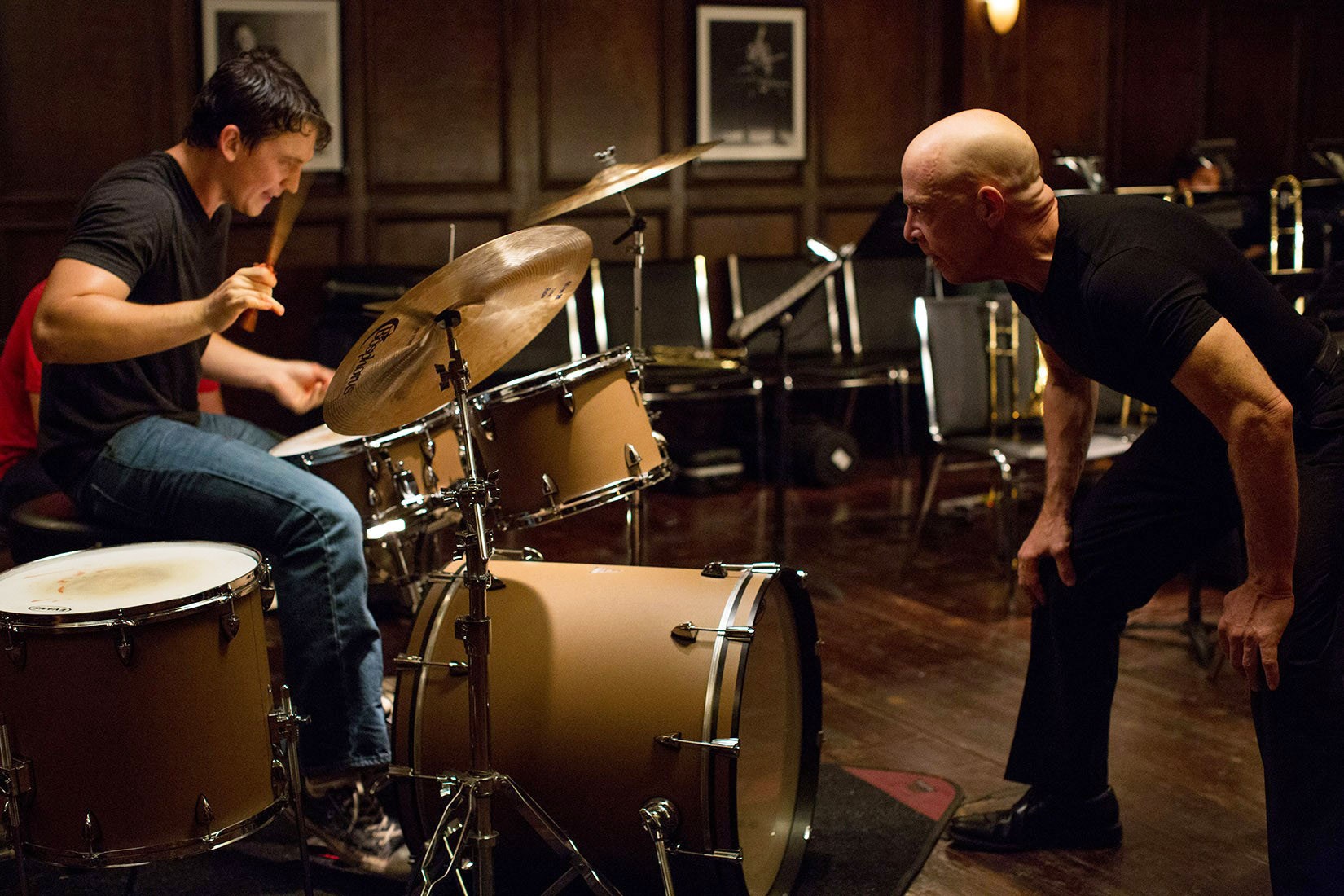
The Psychology of Whiplash Is Fletchers Teaching Style Motivational or Destructive?
The film "Whiplash," directed by Damien Chazelle, has sparked an intense debate on the boundaries of motivational teaching versus destructive criticism. The central character, Andrew Neiman, is an ambitious jazz drummer who strives for greatness under the unyielding mentorship of Terence Fletcher. While Fletcher’s methods may motivate some, they also raise questions about the long-term psychological effects on students. This blog delves into the psychological aspects of whiplash—both in the literal sense and as it relates to the teaching styles portrayed in the movie. Can Fletcher's relentless drive produce success, or does it merely lead to a cycle of trauma?
Understanding Fletcher's Teaching Style
Fletcher's approach is characterized by high expectations and extreme pressure. He believes that pushing students beyond their limits will help them achieve excellence. Throughout the film, he employs tactics that are emotionally and psychologically taxing, including public humiliation and verbal abuse. This method mirrors the psychological phenomenon known as "emotional whiplash," where individuals experience sudden shifts in emotional states due to intense stressors. While some students, like Andrew, find the drive to succeed in the face of adversity, others can suffer from crippling anxiety, depression, or self-doubt.
The Dual Nature of Motivation
Researchers have long studied the dual aspects of motivation—intrinsic and extrinsic. Fletcher seems to rely almost exclusively on extrinsic motivators, such as fear and the desire for validation. This raises concerns about the sustainability of such motivation. While a student may initially excel under fear of failure, over time, the toll taken on their mental health can negate any academic or artistic success. Andrew’s transformation throughout the film showcases this duality; his relentless pursuit of success leads to drastic personal consequences, including the deterioration of his relationships and mental well-being.
Impact Beyond the Classroom
It’s critical to consider the broader implications of Fletcher’s teaching style not just for Andrew, but for the wider academic community. When educators adopt high-pressure tactics, they may inadvertently cultivate an environment of fear rather than collaboration. The detrimental effects can extend beyond the classroom, leading to increased emotional distress among students. The film asks a poignant question: At what cost does ambition come? As students strive to meet unrealistic standards, they could be sacrificing their mental well-being, much like in the case of high-stakes competitions that push for perfection at all costs.
Fostering Positive Mindsets
In contrast to Fletcher’s style, contemporary approaches to teaching emphasize growth mindset—the belief that abilities can be developed through effort and learning. By fostering resilience and empathy, educators can motivate students in a way that enhances their capabilities without compromising their mental health. It's important to strike a balance between pushing for excellence and providing a supportive environment that nurtures students' emotional and psychological well-being. This nuanced understanding of motivation can help prevent the "whiplash" effect that leads to harmful consequences.
Whiplash merchandise: A Reflection of Modern Culture
The film has also given rise to an array of "Whiplash" merchandise, showcasing both the fascination and the contentious discussions surrounding Fletcher's character. Items such as t-shirts, posters, and even drum kits featuring quotes from the movie embody the cultural impact it has had. However, these products serve as a reminder that while the pursuit of greatness is often glamorized, the methods to achieve it can be damaging. Society must reflect on whether it wishes to celebrate such extremes or promote healthier frameworks for success and development.









